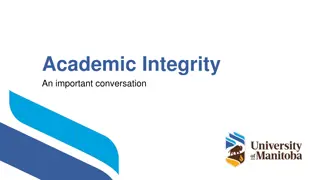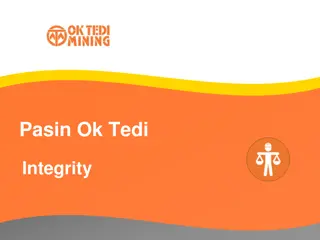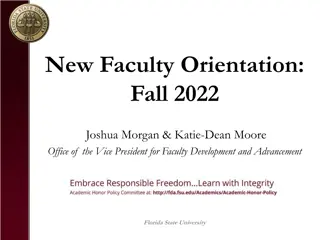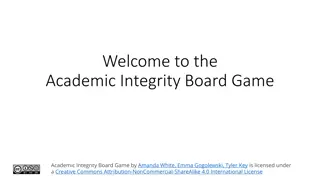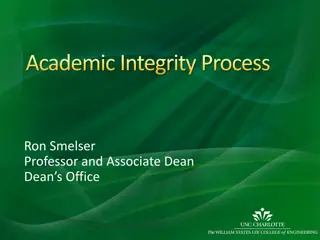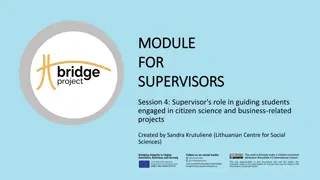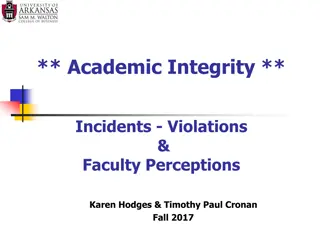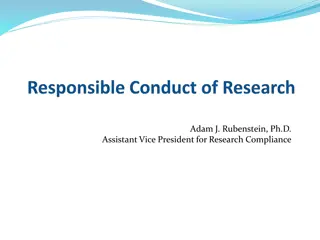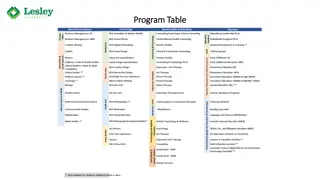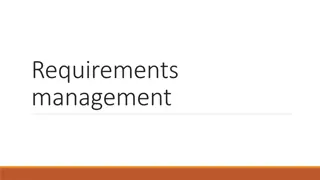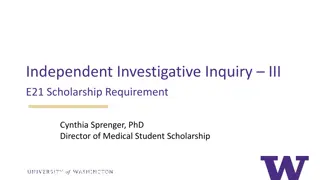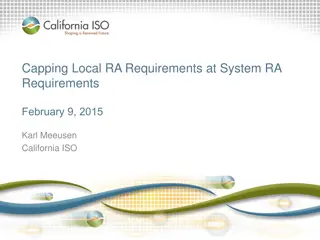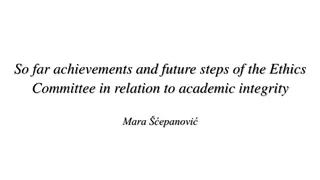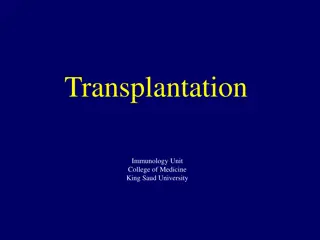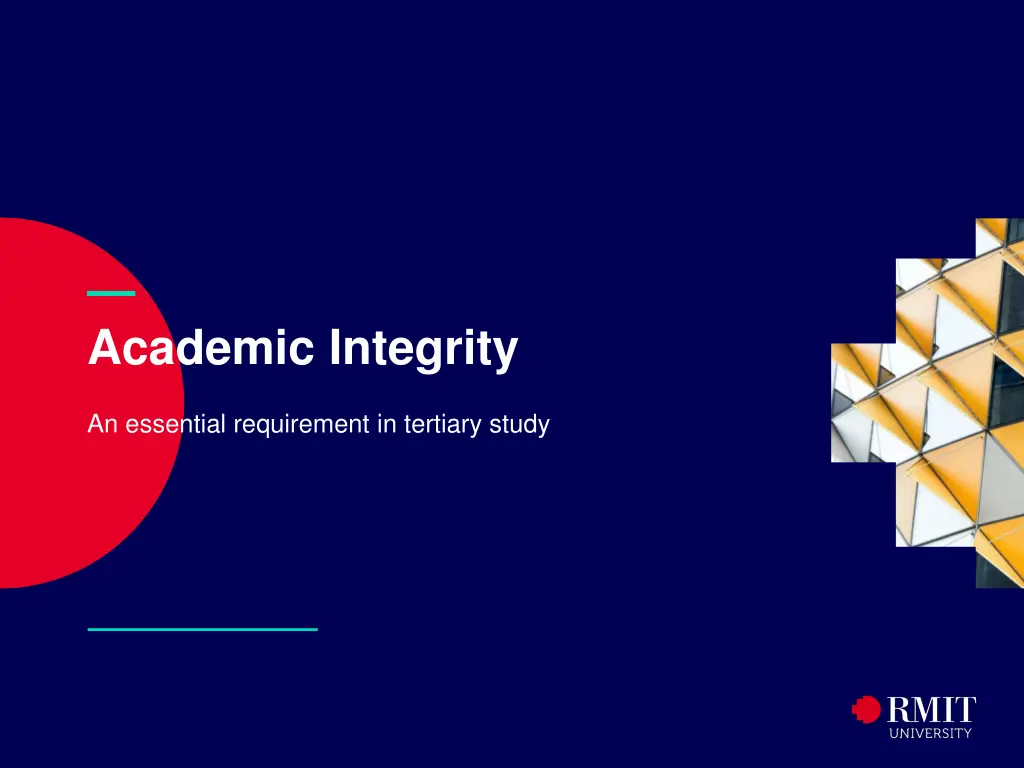
Understanding Academic Integrity in Tertiary Education
Academic integrity is crucial in tertiary education, involving submitting original work and acknowledging sources properly to avoid plagiarism. Learn about the importance of academic integrity, how to demonstrate it, the significance of proper referencing, and guidelines for citing online sources within the constraints of Australian law.
Download Presentation

Please find below an Image/Link to download the presentation.
The content on the website is provided AS IS for your information and personal use only. It may not be sold, licensed, or shared on other websites without obtaining consent from the author. If you encounter any issues during the download, it is possible that the publisher has removed the file from their server.
You are allowed to download the files provided on this website for personal or commercial use, subject to the condition that they are used lawfully. All files are the property of their respective owners.
The content on the website is provided AS IS for your information and personal use only. It may not be sold, licensed, or shared on other websites without obtaining consent from the author.
E N D
Presentation Transcript
Academic Integrity An essential requirement in tertiary study 1
What is Academic Integrity? Honestly and truthfully submitting work that is your own which clearly acknowledges the ideas, words, creations, images, etc. of others. Further information Academic Integrity information for students https://www.rmit.edu.au/students/student-essentials/rights-and-responsibilities/academic-integrity 2
Demonstrate Academic Integrity Avoid presenting work that fails to acknowledge other people s work. This includes: Plagiarism the presentation of another person s work, ideas, or creations as if it is your own. Cheating in an exam. Copying or submitting whole or parts of computer files as if they are your own, e.g. webpages. Further information Assessment policy https://www.rmit.edu.au/about/governance-and-management/governance/policies/assessment-policy 3
Referencing and Academic Integrity Acknowledging the sources of your work is called referencing or citing. You must acknowledge your sources in the body of your work and in a reference list at the end. There are several different referencing styles used at RMIT. Check with your lecturer or course guides for the required style. Learn how to reference Library referencing guides including Easy Cite https://www.rmit.edu.au/library/study/referencing Learning Lab: Referencing https://emedia.rmit.edu.au/learninglab/content/referencing 4
Referencing from online sources You cannot copy works (text, images, media etc.) off the internet without referencingyour source. Australian law limits the academic use of online material to 10% of the content of the webpage and this must be referenced! If you are using text, an image or other media from a webpage, you must reference the material. Check with your lecturer or course guides for your course requirements. 5

